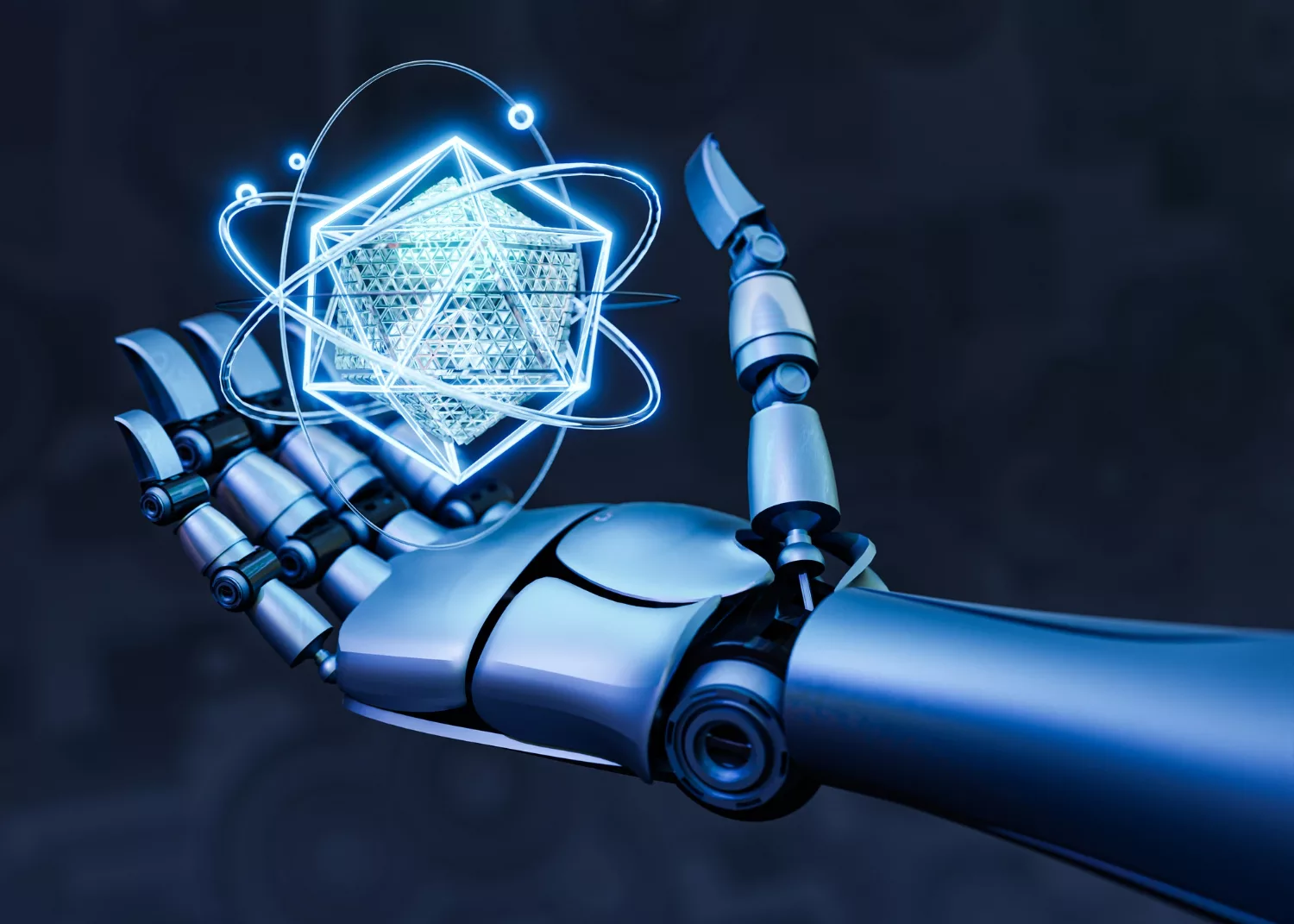Artificial Intelligence (AI) has transformed various industries, and design is no exception. The synergy of AI and design has opened up new possibilities, enabling designers to enhance creativity, streamline optimization, and anticipate future trends. In this article, we will delve into the exciting intersection of AI and design, exploring the ways in which they complement each other and shape the future of creative endeavors.
Introduction
Design has always been a realm of creativity, imagination, and innovation. With the advent of AI, designers now have access to powerful tools and technologies that can augment their creative processes and amplify their impact. AI and design are mutually beneficial, as AI can enhance design capabilities, while design provides the context and direction for AI applications.
Enhancing Creativity through AI

AI has the ability to generate novel ideas, concepts, and designs that can spark creativity in designers. By analyzing vast amounts of data and recognizing patterns, AI can offer valuable insights and suggestions that designers may not have considered otherwise.
– AI-generated Ideas and Concepts
AI-powered tools can generate ideas and concepts based on user preferences, historical data, and current trends. These AI-generated concepts act as a source of inspiration for designers, triggering fresh ideas and imaginative solutions.
– Design Assistance and Inspiration
AI can assist designers throughout the creative process. From generating design variations to providing real-time feedback on aesthetics and composition, AI tools act as invaluable collaborators, enabling designers to explore a multitude of possibilities.
Streamlining Optimization with AI
Design optimization often involves repetitive tasks that can be time-consuming. AI can streamline these processes, allowing designers to focus on more strategic and creative aspects of their work.
– Automated Design Processes
AI automates repetitive design tasks, such as layout adjustments, color optimization, and font selection. By offloading these mundane tasks to AI systems, designers can allocate more time to refining their creative vision.
– Data-Driven Design Decisions
AI can analyze user data and feedback to inform design decisions. By understanding user preferences and behavior, designers can create more tailored and user-centric designs, leading to improved user experiences.
Anticipating Future Trends with AI

In the fast-paced world of design, staying ahead of trends is crucial. AI can analyze vast amounts of data to identify emerging patterns and predict future design trends.
– Predictive Analytics
AI-driven predictive analytics can forecast design trends based on historical data and user behavior. Designers can leverage these insights to create forward-looking and relevant designs.
– User Behavior Insights
AI can analyze user interactions and behaviors to gain a deeper understanding of user preferences. By understanding how users interact with designs, designers can make data-informed decisions to optimize their creations.
Ethical Considerations in AI-Driven Design
As AI continues to influence the design process, ethical considerations become paramount. Designers must be mindful of potential biases in AI-generated content and ensure that AI is used responsibly and inclusively.
Future Prospects and Challenges
The integration of AI and design is an ongoing journey with vast potential. As AI technologies evolve, designers will have access to even more advanced tools for unleashing their creativity and solving complex design challenges. However, challenges such as privacy concerns, data security, and maintaining human creativity and intuition will need to be carefully addressed.
Conclusion
The synergy of AI and design marks a transformative moment in the creative industry. By enhancing creativity, streamlining optimization, and anticipating future trends, AI empowers designers to push the boundaries of innovation. Embracing AI as a collaborative partner, designers can unlock new levels of creativity and deliver impactful designs that resonate with audiences worldwide.
Frequently Asked Questions
Answer: The future of AI and design is promising, with AI evolving to offer even more sophisticated tools and insights to designers. However, ethical considerations and the preservation of human creativity will remain critical factors in the integration of AI in design.
Answer: Designers should be aware of potential biases in AI-generated content and ensure that AI systems are used responsibly and inclusively, without perpetuating harmful stereotypes.
Answer: AI can analyze user data and behavior to understand individual preferences, allowing designers to tailor designs and user experiences accordingly.
Answer: There are various AI-powered design tools, including Adobe Sensei, Canva’s Design AI, and Autodesk’s Dreamcatcher, that assist designers in their creative process.
Answer: No, AI cannot replace human creativity, intuition, and emotions. Instead, AI serves as a powerful tool to augment and enhance human designers’ capabilities.



Leave a Reply